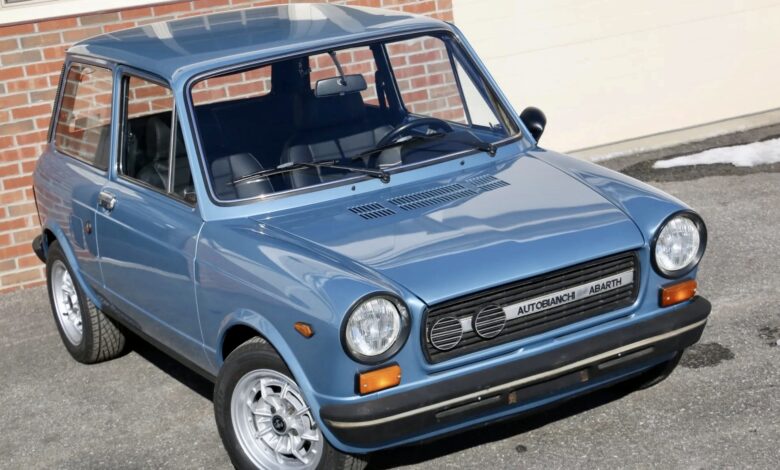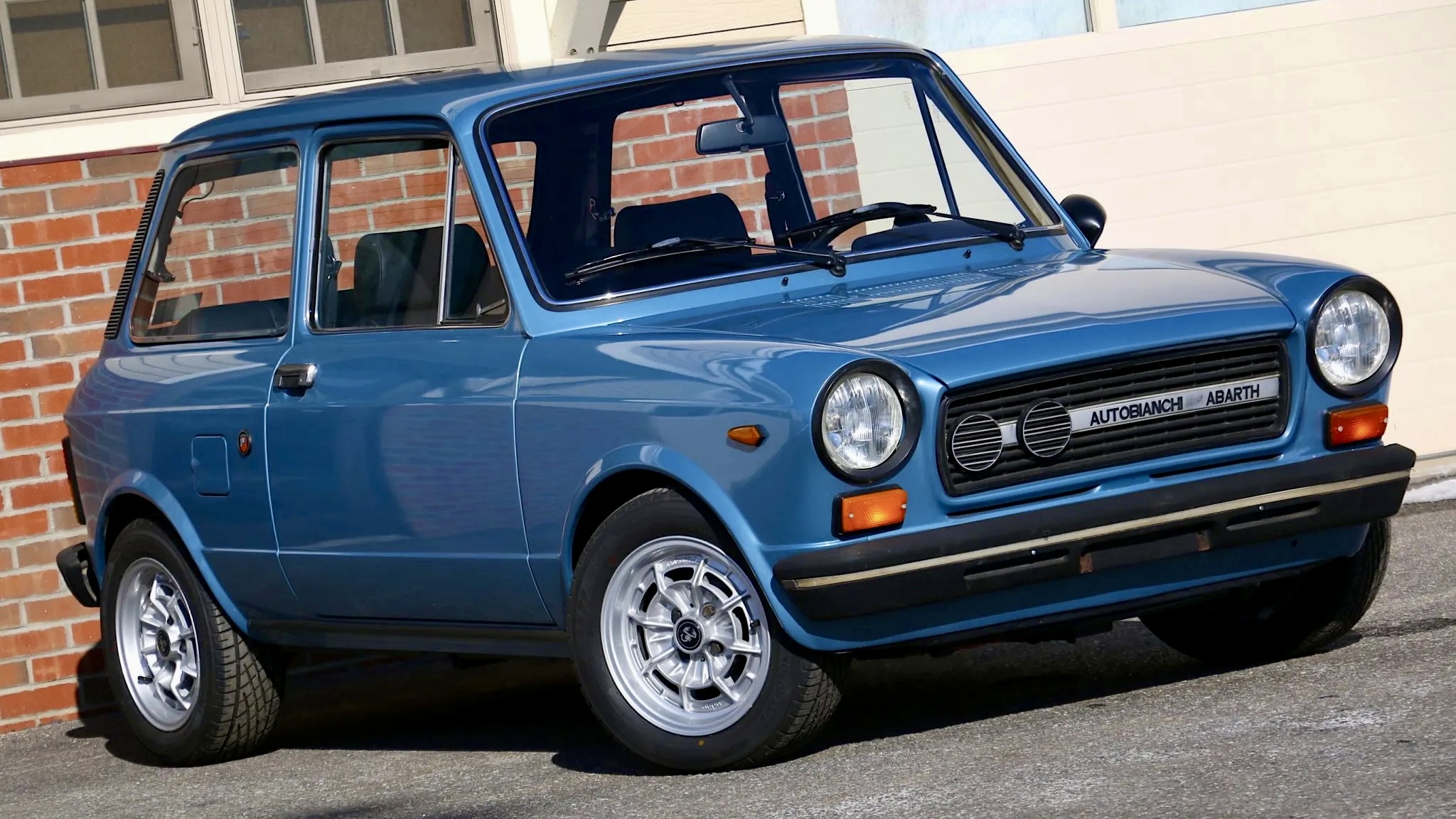Italy to Offer Defunct Stellantis Brands to Chinese Automakers
Boost in Local Manufacturing with Chinese Automakers Under New Law...

The Italian government is contemplating a strategic move to revitalize its automotive industry by offering defunct Stellantis brands to Chinese companies. According to a report by the Italian publication Il Sole 24 Ore, the plan aims to encourage these companies to establish manufacturing facilities in Italy, thereby boosting local production and employment.
Revival of Innocenti and Autobianchi –
The brands under consideration for this revival are Innocenti and Autobianchi, both of which ceased operations in the 1990s. Innocenti gained fame in the 1960s and 70s for producing an Italian version of the British Mini before being taken over by FIAT, now part of Stellantis. Autobianchi, a former FIAT unit, was known for its upmarket city cars like the A112 and Y10.
Innocenti –
Innocenti, originally established by Ferdinando Innocenti in 1933 in Milan, was renowned for producing Lambretta scooters and a range of automobiles, primarily based on British Leyland designs. The brand was retired in 1996, six years after FIAT acquired it.
Autobianchi –
Autobianchi, created jointly by Bianchi, Pirelli, and FIAT in 1955, produced a limited number of models, mainly small cars. Notable models included the A112, a popular hatchback in Italy, and the Y10, which featured FIAT’s innovative FIRE (Fully Integrated Robotised Engine). The brand was integrated into Lancia’s operations and survived in Italy until 1995.

Government’s Legal Framework –
A law passed in December facilitates the Italian government’s plan to take over these defunct brands. This law allows the government to appropriate brands that have been unused for at least five years and offer them to companies willing to invest in Italy or relocate their manufacturing activities to the country. The Court of Auditors is currently examining a draft implementing decree.
Strategic Intent and Ongoing Negotiations –
Italian Prime Minister Giorgia Meloni’s nationalist government has had a contentious relationship with Stellantis, accusing the automaker of neglecting its historic production bases in Italy. For instance, Stellantis produces the new Fiat 600 four-door subcompact UV in Poland, not Italy.
The Italian government is discussing with Stellantis to increase Italian vehicle production to one million units annually. Additionally, the government aims to attract a Chinese automaker to establish operations in Italy, further expanding the domestic automotive industry. Stellantis, which recently acquired a majority stake in Chinese automotive upstart Leapmotor, has already started producing the all-electric T03 city car in Poland.
In a recent event celebrating FIAT’s 125th anniversary at the automaker’s Turin headquarters, Italian Industry Minister Adolfo Urso urged Stellantis to relaunch its manufacturing activities in Italy. The event also marked the first public unveiling of the Serbian-made Grande Panda four-door subcompact crossover.
Source: Il Sole 24 Ore






No replies yet
Loading new replies...
Join the full discussion at the Mopar Insiders Forum →